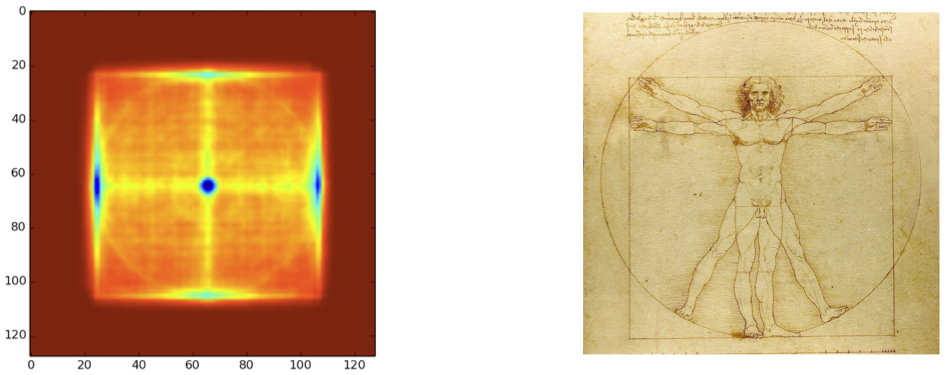Ari Seff, Wenda Zhou, Nick Richardson, and Ryan P. Adams
International Conference on Learning Representations (ICLR) 2022
Paper
Video
Code & model weights
Vitruvion is a transformer-based model trained to generate parametric computer-aided design (CAD) sketches. It shows promise to augment mechanical design via tasks such as converting hand drawings to CAD models, autocompleting sketches, and inferring intended constraints.

Overview
Parametric CAD tools are the predominant way engineers specify physical structures, from bicycle pedals to airplanes to printed circuit boards. They empower users to explore parameterized variations on their designs, while also providing a structured representation for simulation and manufacturing.
At an operational level, parametric CAD starts with the specification of two-dimensional geometric representations, referred to as "sketches". A sketch consists of a collection of geometric primitives (e.g., lines, circles), along with a set of constraints that relate these primitives to one another. Example constraints include parallelism, tangency, and coincidence. This relational specification allows edits to coherently propagate to other parts of the design.
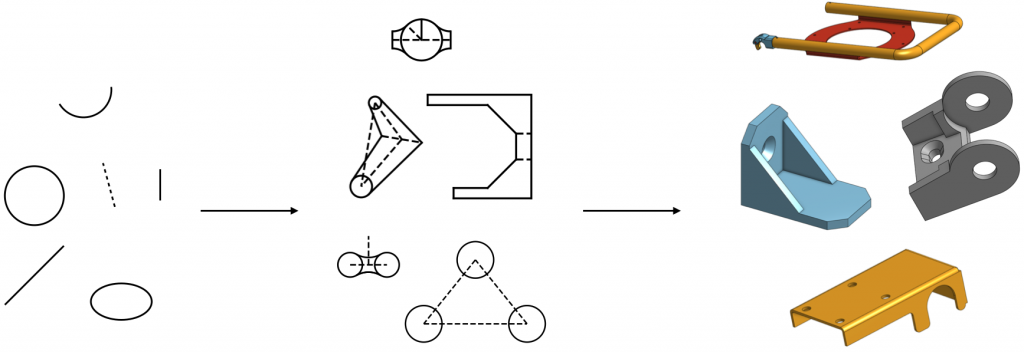
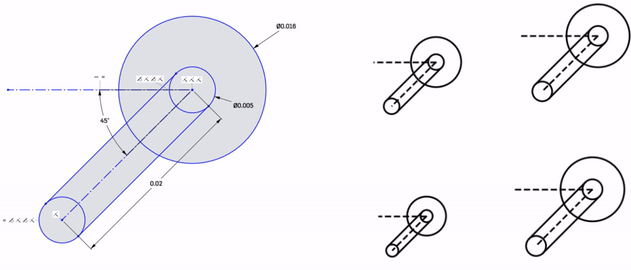
While this paradigm is powerful, it is often a challenging and tedious process. Machine learning offers the intriguing possibility of automatically encoding commonly used patterns, mitigating the inefficiencies involved in repetitive manual design. This could enable new tools such as autocompletion, constraint inference, and conditional synthesis.
In this work, we develop an approach to generative modeling of parametric CAD sketches. Vitruvion, trained on real-world designs from the SketchGraphs dataset, synthesizes CAD sketches by autoregressively sampling geometric primitives, with initial coordinates, and constraints that reference back to the sampled primitives. Because samples from the model match the constraint graph representation used in standard CAD software, they may be imported solved, and edited according to downstream design tasks. In addition, we experiment with providing various kinds of context to the model, including partial sketches (primers) and images of hand-drawn sketches, enabling conditional synthesis.
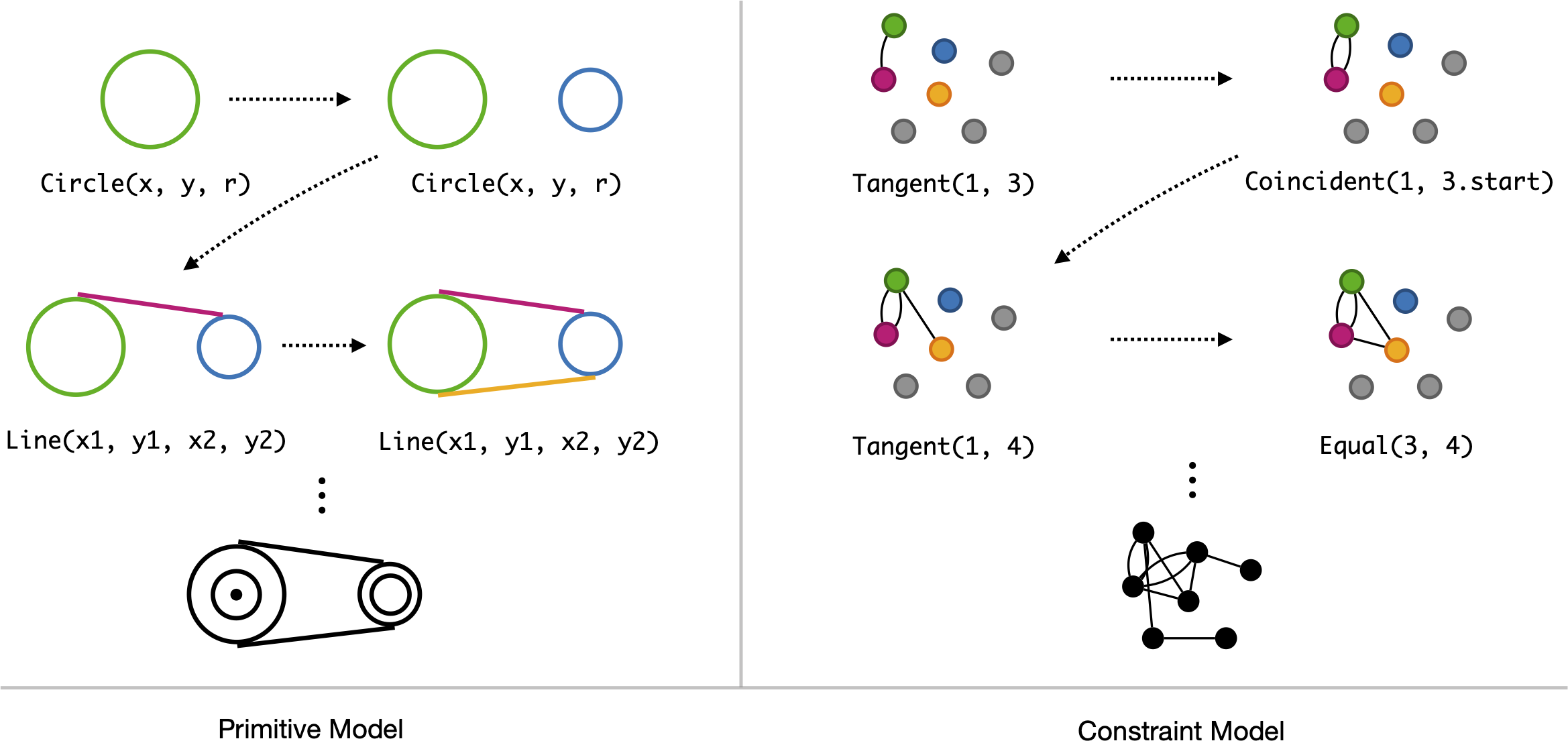
Example results
Extracting primitives from hand-drawn sketches
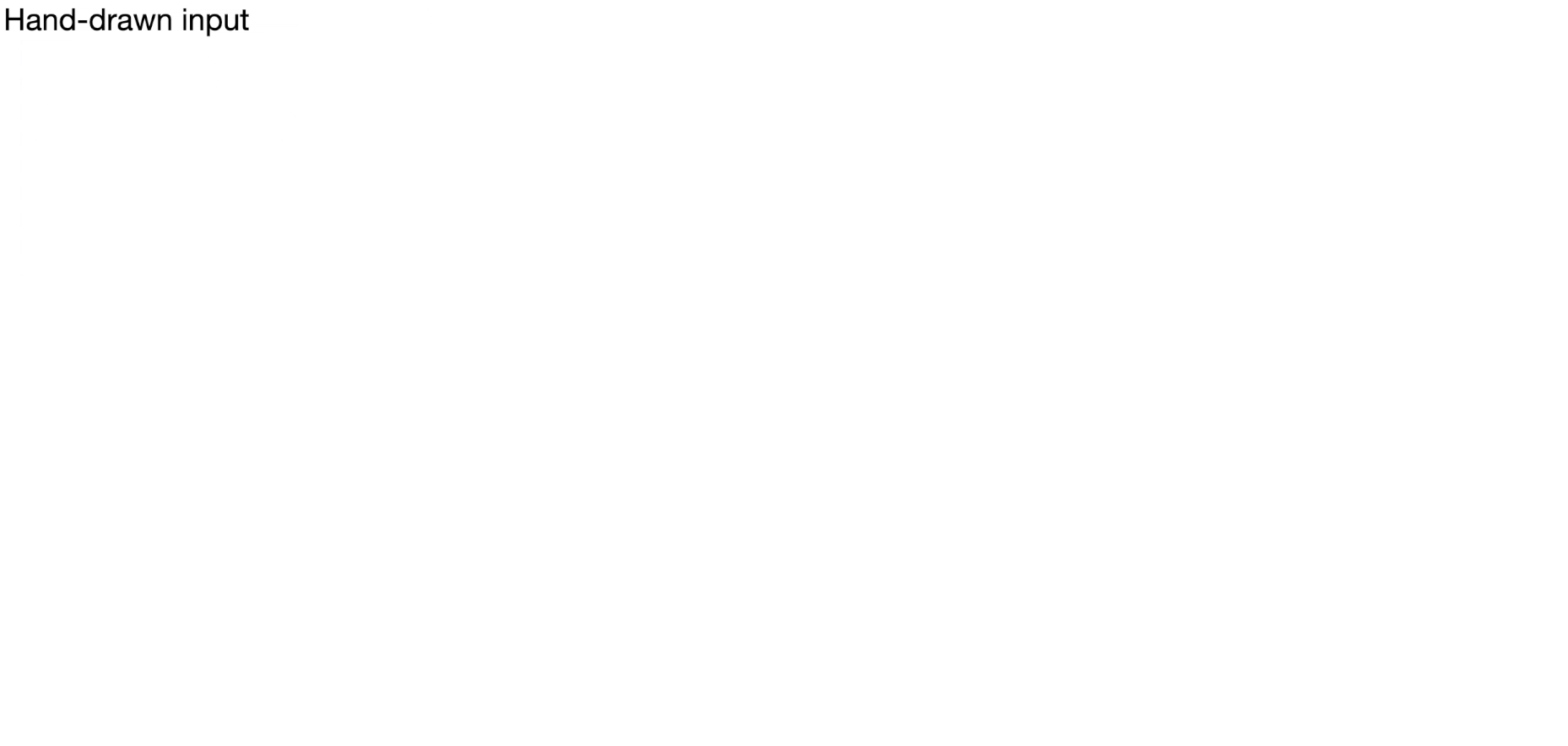
Autoconstraining


Editing generated sketches
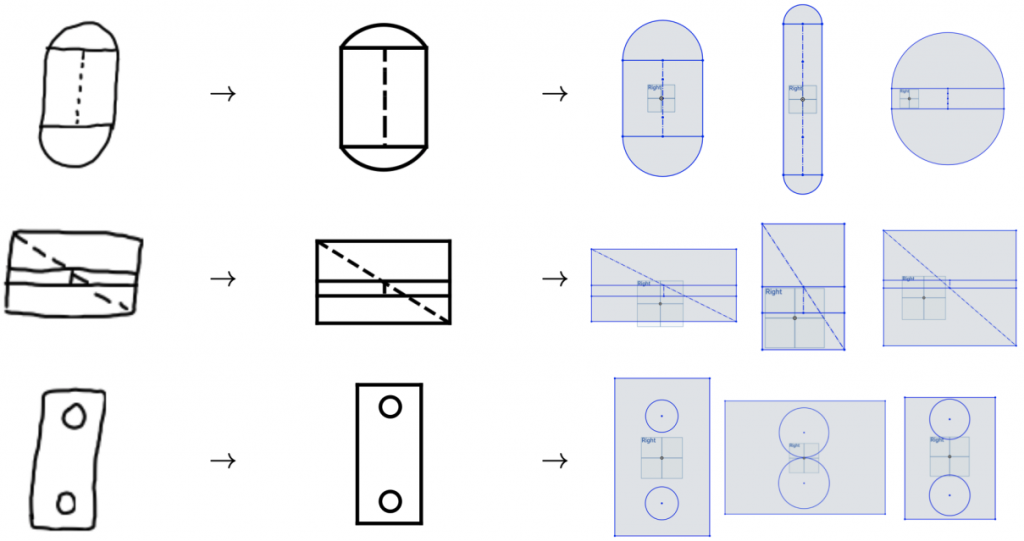
Autocompleting
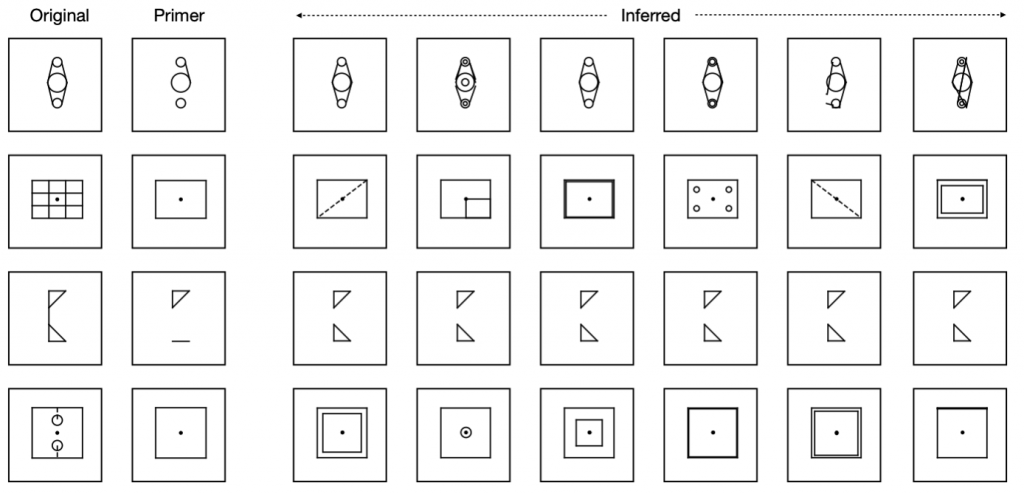
Why "Vitruvion"?
While debugging a data augmentation procedure, we happened to render the average of a set of normalized SketchGraphs sketches. In our opinion, it was the spitting image of a famous 1490 drawing by Leonardo da Vinci, The Vitruvian Man, depicting a man inscribed in a circle and square. Likewise, we decided to name our model after this drawing (albeit with a slight spelling alteration).
